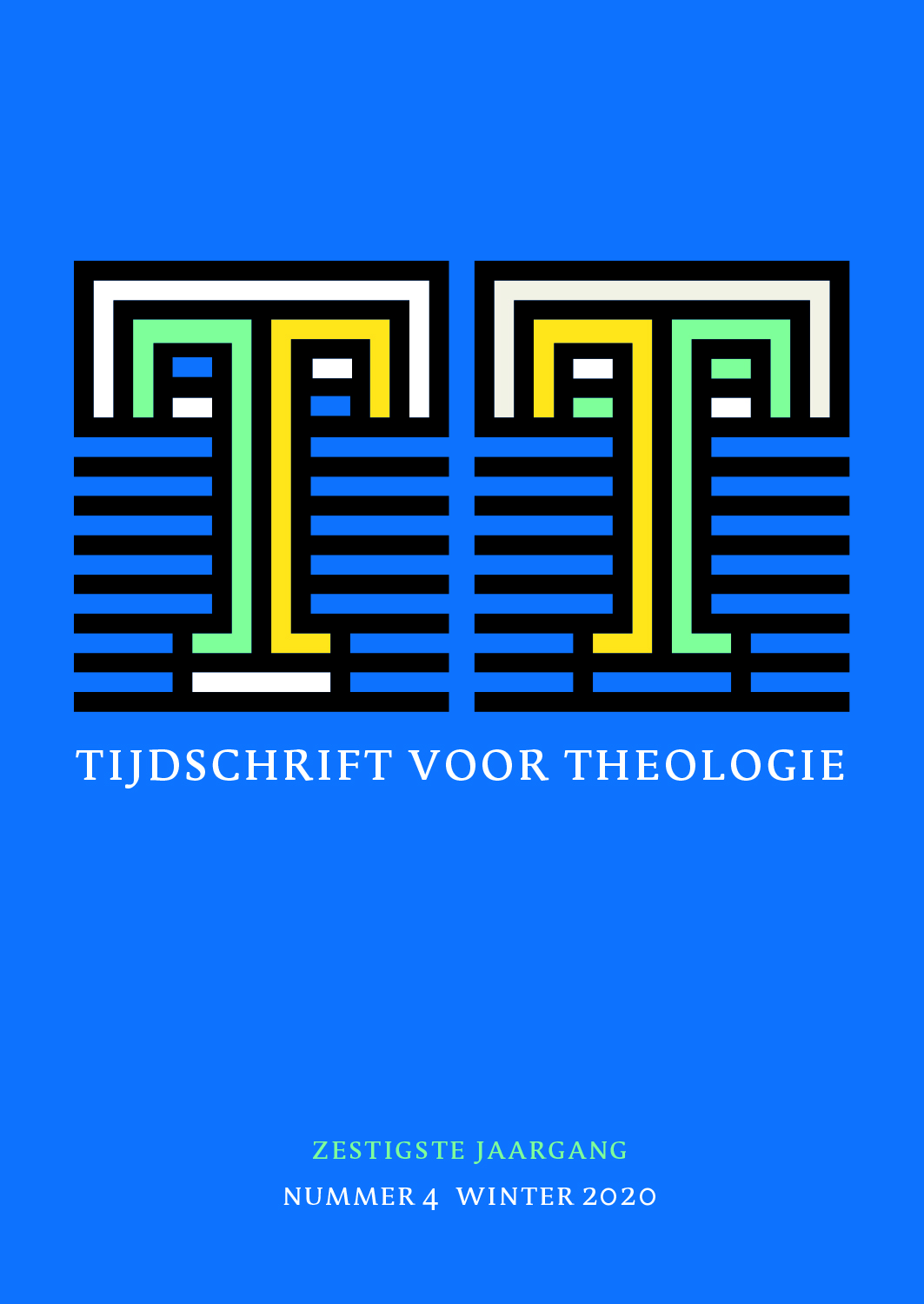 previous article in this issue previous article in this issue | next article in this issue  |

Preview first page |
Document Details : Title: Madonna’s kruisigingsscène Subtitle: Blasfemie of theologische uitdaging Author(s): KORTE, Anne-Marie Journal: Tijdschrift voor Theologie Volume: 49 Issue: 2 Date: 2009 Pages: 132-153 DOI: 10.2143/TVT.49.2.3203465 Abstract : This article investigates the cultural controversy and theological challenge sparked by the crucifixion scene in pop star Madonna’s 2006 Confessions on a Dance Floor. According to Madonna, this performance, in which she played the role of the crucified, was intended to keep attention focussed on the millions of AIDS orphans in Africa. This scene aroused worldwide accusations of blasphemy and calls to forbid the show. The present article analyses the gender aspects in the performance and visualisation of this act on the supposition that the dispute around it mainly relates to the staging of the female crucifixion. Here we encounter an iconoclash (Bruno Latour): the religious meaning of the Christian cross and the crucifixion of Jesus as Son of God collide with the changing and disputed meanings of femininity, corporeality and sexuality in modern Western society. The controversial nature of Madonna’s crucifixion act is comparable to that of the film Submission – Part One (2004) by Ayaan Hirsi Ali and Theo van Gogh, and to controversial art work and performances by the female artists Renee Cox and Alma López who portray themselves as Jesus Christ or the Virgin Mary (1999-2002). To examine the precise nature of this iconoclash in Madonna’s case, the article compares her crucifixion scene with several other controversial depictions and portrayals of crucified women in western religious and art history. These include late medieval images (Saint Uncumer [Wilgefortis], the Crucifixion of St. Julia by Hieronymus Bosch), late twentieth-century Christa art works (Edwina Sandys, Almuth Lutkenhaus-Lackey, Margaret Argyle) and twenty-first century performing art (Renee Cox en Alma López). This comparison explains why Madonna’s crucifixion scene was particularly open to accusations of hubris and blasphemy. First, her performance shows little gender ambiguity and gender-related playfulness as in the late medieval images; second, her act elicits no associations with the strong Christ-like archetype of the suffering woman found in the late twentieth-century art works. As gender strategy, Madonna’s act most closely resembles the aforesaid contemporary performing art. She presents a recognisable individual figure, a woman of name and fame, that assertively takes the place of Jesus Christ appearing as the triumphant rather than the suffering Christ. In conclusion, the article discusses the meaning of this staging for current (feminist) theological debates on the crucifixion. |
|


